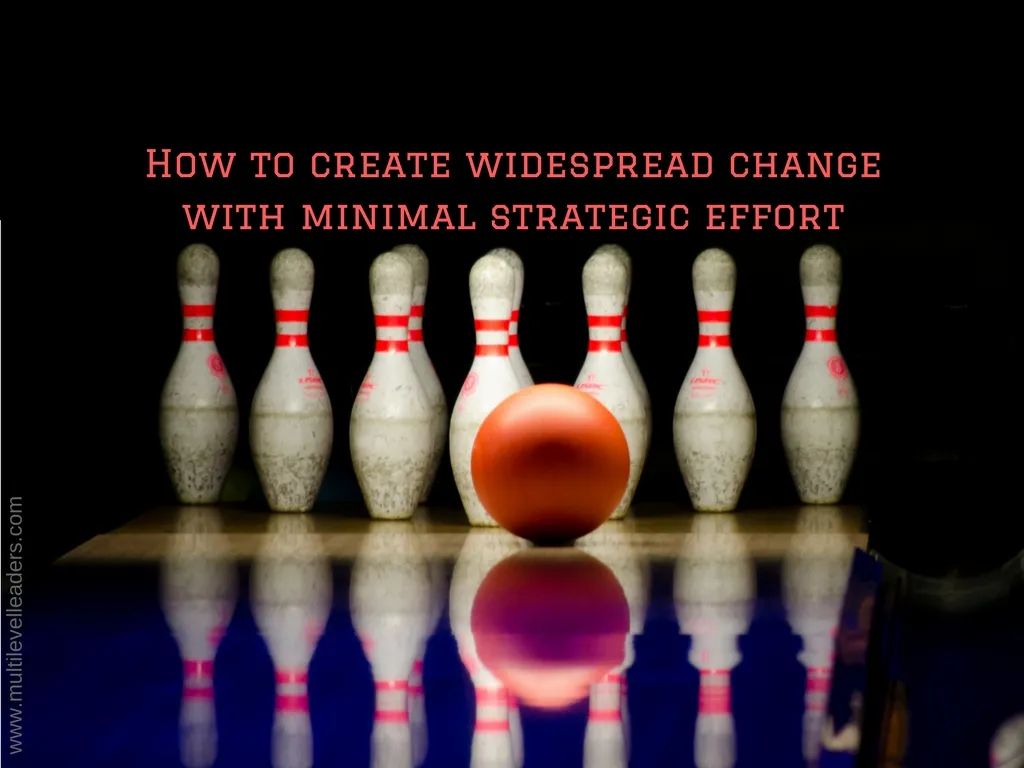IT, also known as information technology, involves the use of computers to store, create, exchange, and retrieve all kinds of electronic data. Similarly, information systems (IS) combine software, hardware, and telecommunication networks to collect useful data. The main difference between these two fields is that information systems work as the bridge between technology and people, whereas information technology focuses on helping them utilize and make sense of that system. Although they are connected, the two disciplines offer different sets of learnings and career options. This essay will focus on the projected influence that information technology will play in the future of the marketing industry.
The current field of study for the subject is marketing, with aspirations to work in marketing and/or advertising since advertising is a component of marketing. A particular career path of interest includes becoming a chief marketing officer (CMO) or a creative director. The major role of the CMO is to produce income by boosting sales via brand management. The technology used by a chief marketing officer includes data, e-shops and e-commerce, martech, and customer insights. However, one must consider technological advancements and innovations in the marketing industry taking place currently and in the future.
The Covid-19 global pandemic has had a tremendous effect on customer communication strategies for businesses and marketing organizations. According to a Forbes article written by Mirella Vitale, “The marketing landscape was already changing, but the pandemic accelerated this transformation. In order to stay relevant, CMOs and their teams need to be in a constant learning mode, today more than ever. Digitalization moves fast, and the shift to data-driven marketing is happening quickly and in real-time.” Companies are beginning to apply pressure to more areas of technology that understand customer experience. Some new innovations include communication channels such as emails, websites, blogs, and social media. A new and quickly expanding channel includes influencer marketing involving endorsements and product placements from organizations and people that can influence their audience to become potential buyers. These advances in technology in the digital landscape of marketing will affect the influx of data as well as its interpretation. With these vast collections of data being exchanged and stored, teams of marketers will be made up of creatives who plan and carry out campaigns in conjunction with data scientists who analyze and oversee this data-driven targeted marketing.
The role of a chief marketing officer is constantly changing and shifting to work within various areas of delivery, brand positioning, hiring, retention, and overall engagement. For students looking to enter this field and job title, almost all of these digital transformations would personally affect them. They would need to learn and gain hands-on experience working with different software, delivery models, communication strategies, and the technological shifts of the world around them. However, navigating customer insights would remain the number one priority within the marketing and advertising field.


